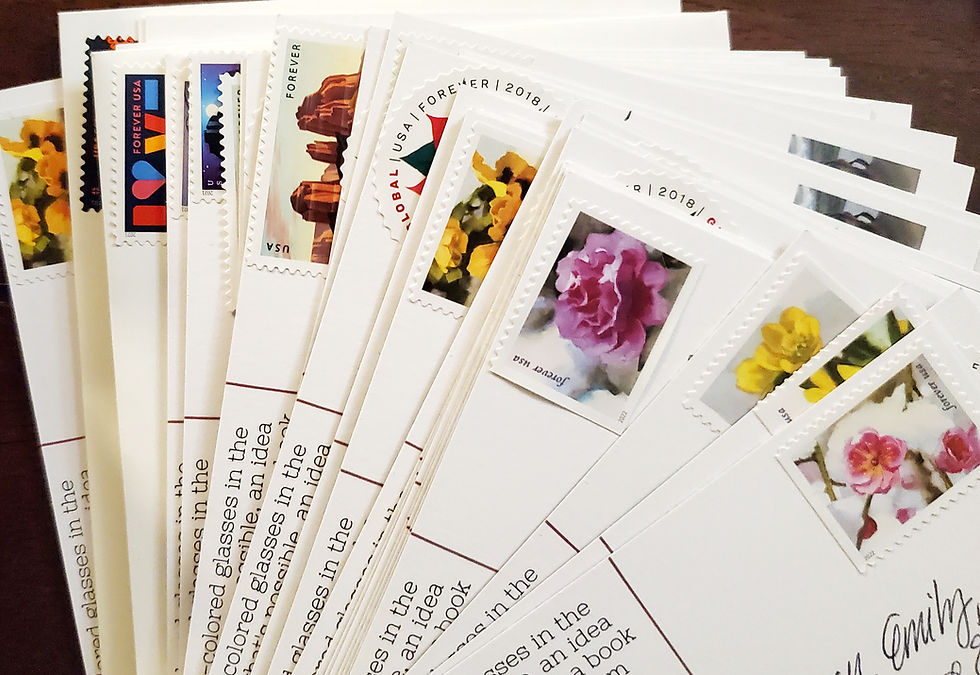Article: Poetry as a Creative Practice to Enhance Engagement and Learning in Conservation Science
- bethann29
- Oct 4, 2018
- 2 min read
This article was such a fun research and writing project. We were working from the foundational question of how to connect scientists to the value of the practices of reading and creating poetry.
While the paper reports on ways of doing this in university classes, the advice, examples, and resources in the article will be equally useful for K-12 educators.
The article is available via open-access (for free) at the BioScience website. It is also featured here on the Wyoming Public Radio website, where you’ll find more context about the goals we had for writing this article.
Meanwhile, here’s a sample of what you might find useful.
Article abstract (aka summary):
“Creativity is crucial to the capacity to do science well, to communicate it in compelling ways, and to enhance learning. Creativity can be both practiced and enhanced to strengthen conservation science professionals’ efforts to address global environmental challenges. We explore how poetry is one creative approach that can further conservation scientists’ engagement and learning. We draw on evidence from peer-reviewed literature to illustrate benefits of integrating science and poetry, and to ground our argument for the growth of a science-poetry community to help conservation scientists develop skills in creative practices as a component of professional development. We present examples from literature as well as two short poetry exercises for scientists to draw on when considering writing poetry, or deciding on forms of poetry to include, in their practice. Opportunity exists to grow science–poetry projects to further our understanding of what such initiatives can offer.”
Our article also made the cover!

Our photo made the cover! See details in the text, below. Photo © B.G. Merkle, 2018.
Reproductive structures emerging from a complex lichen community, photographed in Parc Jacques-Cartier (Quebec, Canada) provide an opportunity for close observation and focused reflection in much the same way that our poetry article indicates that poetry may help focus scientists’ and science students’ attention. The mutualistic potential of combining poetry and science evokes the underlying biology of lichen. Rather than an individual organism, lichens are the result of a symbiosis of fungi, algae, and/or cyanobacteria. As we noted in our paper, art and science, when integrated, can facilitate innovation, creative thinking, and more compelling learning experiences than when these disciplines are practiced in isolation.
Full article citation: Januchowski-Hartley, Stephanie R., Natalie Sopinka, Bethann G. Merkle, Christina Lux, Anna Zivian, Patrick Goff, and Samantha Oester. Poetry as a Creative Practice to Enhance Engagement and Learning in Conservation Science. BioScience 68(11): 905–911. https://doi.org/10.1093/biosci/biy105.





Comments